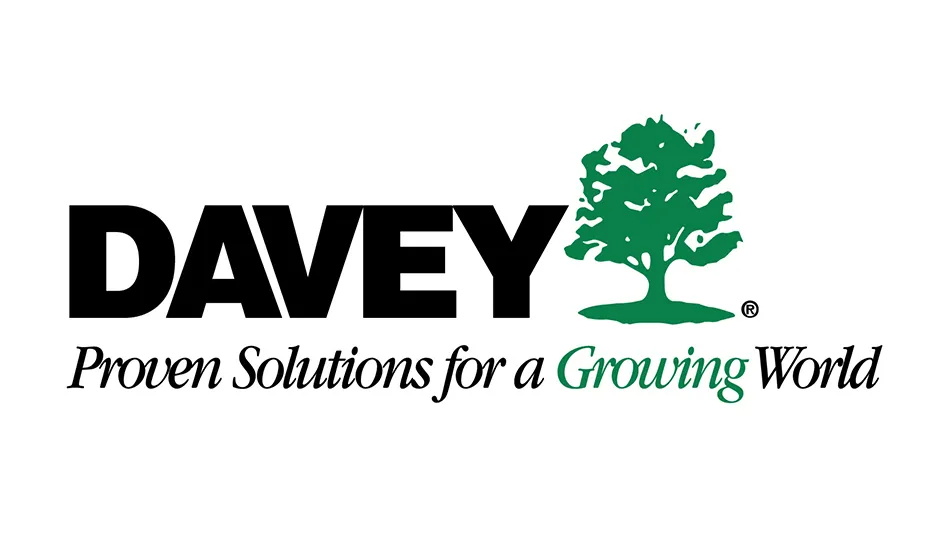
The $18 billion jobs bill signed by President Barack Obama on March 18 represents "the democratization of tax credits," says Brandon Edwards, president of Los Angeles-based consulting firm The Tax Credit Company. Despite the legislation's simplicity and availability to every U.S. business, Edwards estimates that 90 percent of small companies are unaware of the Hiring Incentives to Restore Employment (HIRE) Act, outlined on the IRS Web site. Edwards says that companies can save as much as $7,621 per qualified employee under HIRE. He spoke recently to Smart Answers columnist Karen E. Klein. Edited excerpts of their conversation follow.
Karen E. Klein: The HIRE Act is part of a jobs bill passed in March. What's different about it?
Brandon Edwards: In a lot of ways it's unprecedented, particularly for small businesses. Many tax credits are so complicated and specific that smaller companies don't qualify or don't have the ability to pursue them. This bill spurs hiring by American businesses and every company in the country is eligible for it. Even small businesses can reasonably expect to collect benefits from it.
What are the benefits and how does a small business get them?
There are two incentives. The first is a payroll tax exemption that applies immediately and lasts through Dec. 31, 2010. The second is a $1,000 federal, dollar-for-dollar tax credit that will be available in the 2011 tax year. The way to qualify is to hire someone who has worked less than 41 hours in the prior 60 days and keep them on your payroll for at least 52 weeks.
Let's go through the hiring piece first. How does an employer determine if a new employee qualifies for the HIRE program?
A lot of people are out of work, so a lot of people are going to qualify. In this job market, hiring someone who's been out of work for two months doesn't mean you're hiring a less-qualified employee. The projected qualification rate is 15 percent to 30 percent, but we're seeing about 40 percent to 60 percent of new hires qualifying in certain areas of the country. It's pretty easy to understand, although there are some gray areas. For instance, new employees don't have to have been collecting unemployment before they're hired. So a new graduate coming out of college is likely to qualify.
The key is that new employees have to have been out of work, or have worked less than one full-time week for 60 days, before they start employment with you. It's important to keep in mind that the 60-day period is measured from the employment start date, not from the date when you first contact someone or interview them for a job.
Is there any concern from employers about asking whether a job candidate has been out of work?
It's something that people are nervous about, but they shouldn't worry. It's very simple and part of a standard interview to ask for recent work history. And this is a program where the federal government is specifically encouraging business to hire people to meet the criteria.
What kind of paperwork is involved and are payroll providers handling it?
There's an affidavit, called a W-11 form, that the employee has to sign to attest to the fact that they qualify and the employer must retain that in their records. There's no requirement for certification or for the form to be filed with the IRS.
Payroll companies have had to make sure that they can accommodate this program. But small employers who hire a qualified employee should double check to make sure their payroll company is not paying full payroll tax for that person. When quarterly payroll taxes are filed, there's an adjustment you make to show that you have an exempt employee.
How does the exemption work?
The employer is immediately exempt from paying its 6.2 percent of Social Security payroll tax on the qualified employee's wages. It still has to pay Medicare taxes and collect the employee's share of taxes. The exemption is retroactive to Mar. 18, when the bill became law, and it applies to qualified employees hired between Feb. 3 and Dec. 31, 2010. The maximum credit allowed is $6,621.
What about the second part of the benefit—the federal tax credit?
That $1,000 credit applies to each qualified employee who works for your company for at least 52 weeks. So let's say you hire 20 people this year and 10 of them qualify for the program. You'd get $10,000 off your 2011 taxes if you retain those people for at least 52 weeks. And that's on top of your payroll savings for each of those people.





